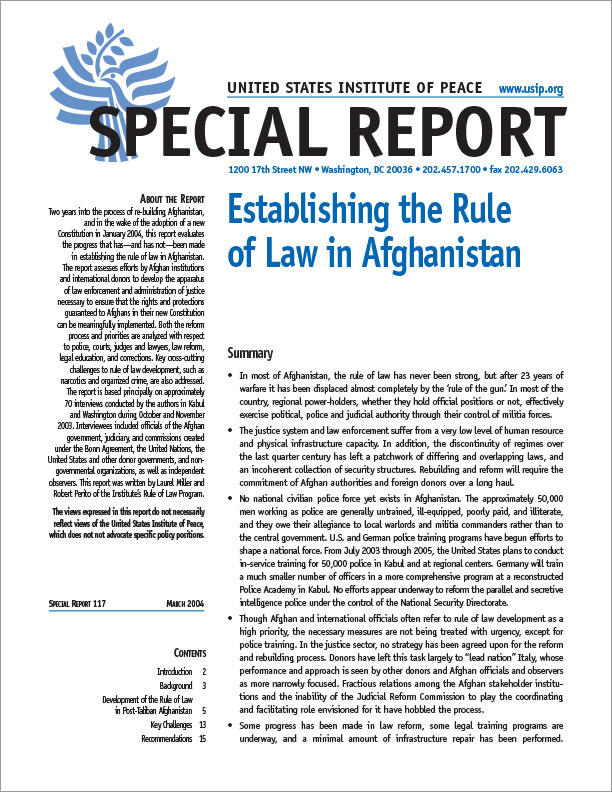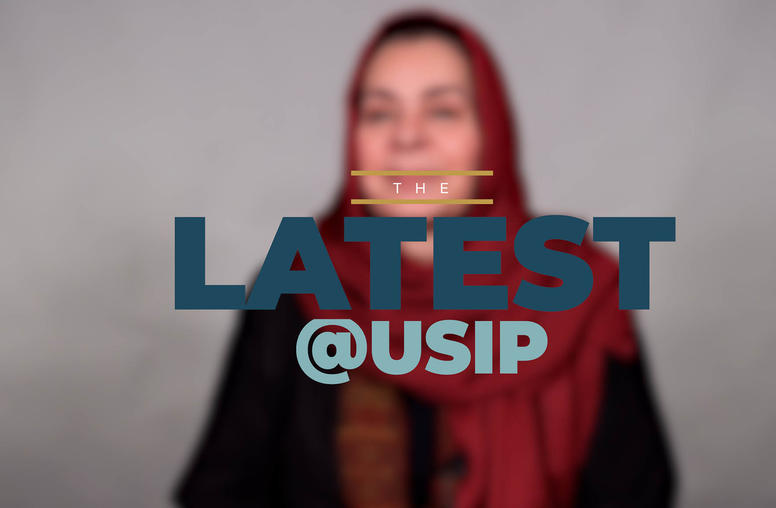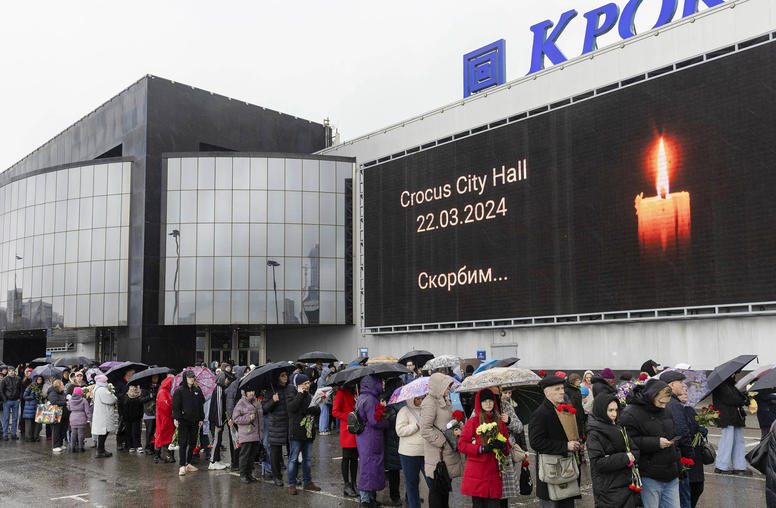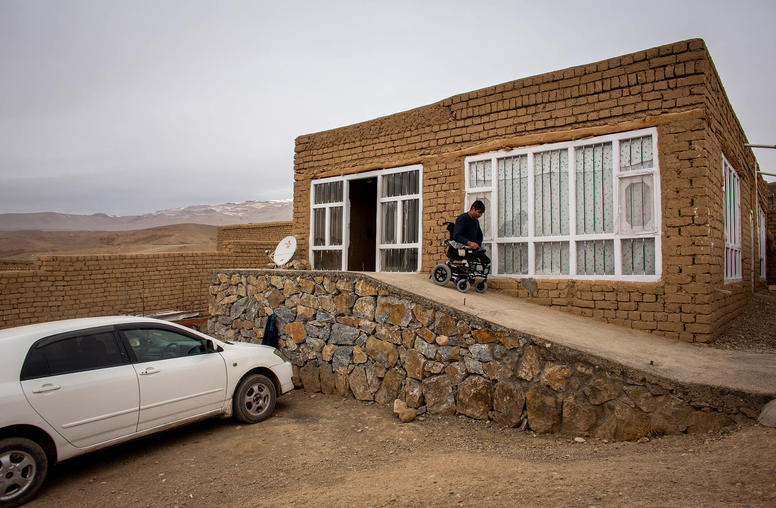Establishing the Rule of Law in Afghanistan
In most of Afghanistan, the rule of law has never been strong, but after 23 years of warfare it has been displaced almost completely by the 'rule of the gun.' In most of the country, regional power-holders, whether they hold official positions or not, effectively exercise political, police and judicial authority through their control of militia forces.

Summary
- In most of Afghanistan, the rule of law has never been strong, but after 23 years of warfare it has been displaced almost completely by the 'rule of the gun.' In most of the country, regional power-holders, whether they hold official positions or not, effectively exercise political, police and judicial authority through their control of militia forces.
- The justice system and law enforcement suffer from a very low level of human resource and physical infrastructure capacity. In addition, the discontinuity of regimes over the last quarter century has left a patchwork of differing and overlapping laws, and an incoherent collection of security structures. Rebuilding and reform will require the commitment of Afghan authorities and foreign donors over a long haul.
- No national civilian police force yet exists in Afghanistan. The approximately 50,000 men working as police are generally untrained, ill-equipped, poorly paid, and illiterate, and they owe their allegiance to local warlords and militia commanders rather than to the central government. U.S. and German police training programs have begun efforts to shape a national force. From July 2003 through 2005, the United States plans to conduct in-service training for 50,000 police in Kabul and at regional centers. Germany will train a much smaller number of officers in a more comprehensive program at a reconstructed Police Academy in Kabul. No efforts appear underway to reform the parallel and secretive intelligence police under the control of the National Security Directorate.
- Though Afghan and international officials often refer to rule of law development as a high priority, the necessary measures are not being treated with urgency, except for police training. In the justice sector, no strategy has been agreed upon for the reform and rebuilding process. Donors have left this task largely to "lead nation" Italy, whose performance and approach is seen by other donors and Afghan officials and observers as more narrowly focused. Fractious relations among the Afghan stakeholder institutions and the inability of the Judicial Reform Commission to play the coordinating and facilitating role envisioned for it have hobbled the process.
- Some progress has been made in law reform, some legal training programs are underway, and a minimal amount of infrastructure repair has been performed. Virtually nothing has been done to update the court structure, establish and apply qualifications for judicial personnel (Afghan legal experts consider many judges to be unqualified), ensure widespread access to legal texts for practitioners and students, develop court administration, improve the poor quality of legal education, or address deep-rooted corruption. Defense attorneys are essentially unheard of. The vast needs for improvement in the corrections system have been almost entirely ignored.
- The burgeoning narcotics trade presents a fundamental challenge to the future of Afghanistan, and specifically to efforts to develop a culture of rule of law. The trade earns Afghan traffickers an amount equal to half the country's legitimate GDP and nearly five times the government's budget. Nearly all elements of local and regional power structures use the proceeds from trafficking to fund their activities and maintain their independence from the central government. Though important steps have been taken to create a legal and institutional framework for counter-narcotics work, it will be years before the Afghan government has an operational capacity robust enough to put a dent in the narcotics trade. Unless U.S.-led Coalition military forces become willing to undertake at least some counter-narcotics actions, traffickers will continue to operate with utter impunity, and the perceived message of tolerance of this activity will continue to undermine efforts to build the rule of law.
- Warlordism—control of local populations through force and intimidation by provincial governors, militia commanders, police chiefs, and other power-holders—continues to destabilize Afghanistan and impede reform of justice and law enforcement institutions. The most powerful warlords continue to exercise influence over key ministries and institutions including the judiciary.
- The slow pace of efforts to establish the rule of law has resulted in part from the inherent difficulties of conducting a post-conflict reconstruction operation in a country that has suffered over two decades of modern warfare. But it is also a consequence of the decision of the United States and United Nations to limit the international presence and to place primary responsibility upon the Afghans for providing their own security and directing their own reconstruction—responsibilities they have had little capacity to execute.
- A corollary to the UN's "light footprint" approach has been to assign certain donors "lead nation" responsibility for particular sectors. In the rule of law area, this has not worked well. The United States already has significantly augmented "lead nation" Germany's efforts in police training, putting in place a much larger program. A similar recognition is needed that greater international leadership and political attention from a broader array of donors is required in the justice sector. At the same time, Afghan authorities should undertake to reform the judicial reform process, either dissolving or significantly enhancing the stature and capabilities of the Judicial Reform Commission.
- An integrated, holistic approach to establishing the rule of law is needed. Though significant funds are being put into police training, even a well-trained force will not be able to provide genuine law enforcement if there is no functioning criminal justice system or corrections system in which to place offenders. At best, such a force will be able to provide some public order; at worst, the international community will have enhanced the ability of power-holders to control and abuse the population without creating mechanisms to protect the rights of Afghans. A substantial investment in one area of rule of law will not have a meaningful pay-off in terms of real democratic governance and stability unless other pieces of the puzzle are put in place as well.
About the Report
Two years into the process of re-building Afghanistan, and in the wake of the adoption of a new Constitution in January 2004, this report evaluates the progress that has—and has not—been made in establishing the rule of law in Afghanistan. The report assesses efforts by Afghan institutions and international donors to develop the apparatus of law enforcement and administration of justice necessary to ensure that the rights and protections guaranteed to Afghans in their new Constitution can be meaningfully implemented. Both the reform process and priorities are analyzed with respect to police, courts, judges and lawyers, law reform, legal education, and corrections. Key cross-cutting challenges to rule of law development, such as narcotics and organized crime, are also addressed. The report is based principally on approximately 70 interviews conducted by the authors in Kabul and Washington during October and November 2003. Interviewees included officials of the Afghan government, judiciary, and commissions created under the Bonn Agreement, the United Nations, the United States and other donor governments, and non-governmental organizations, as well as independent observers. This report was written by Laurel Miller and Robert Perito of the Institute's Rule of Law Program.
The views expressed in this report do not necessarily reflect views of the United States Institute of Peace, which does not not advocate specific policy positions.



